
Winterize Your Car Like A Polar Bear
Issue 34 • Engine & Transmission Tips There is more to winterizing your car than adding winter wiper blades. The smart driver does a set

NOTE: For editorial purposes, the information below applies to both manual and automatic transmissions. We will use the terms “when you shift” for both types and when specific, MT for manual transmission and AT for Automatic Transmission. The only exception would be a continuously variable transmission, (CVT) which operates in an entirely different way.
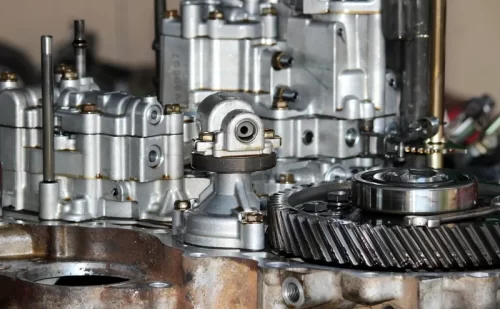 Signs your transmission is hurting:
Signs your transmission is hurting:Don’t laugh, the engine light is simply an indicator. As vehicles become more technologically advanced, onboard computers diagnose and log many, many more issues than ever before. Attaching an error code scanner/reader could reveal a wealth of information about a transmission issue, and it costs you nothing to stop at Advanced Auto Parts for a free read.
While this may be engine oil, commonly the clutch on a manual transmission will start to “burn” when it’s nearing its end of life.
This is also a serious problem you should be cognizant of when you see any excess liquid on your garage or driveway surface. Engine oil is golden, while transmission fluid is red.
This tip comes right from a previous Under The Hood issue XX, where we tell you how to listen for problems. If you’ve owned your vehicle for a while, you know what sounds right. Shift your transmission to “Neutral” and listen for sounds that are not consistent. An uneven hum, faint clicking, or repeated engine revving are pretty solid indicators that a transmission problem is developing.
If you hear grinding noises, or any substantially different sounds than normal, when your transmission shifts, immediately check the transmission fluid level. If it’s low, fill ‘er up. If the sound doesn’t go away after a few miles of driving… it’s time for professional service.
As with the odd noises noted above, weird AT shifting, like a delay or hesitation when you shift from park to drive, or a jerk in shifting while the car is moving, is another sign to get into a trusted transmission shop ASAP.
For manual transmissions, this is a serious mechanical issue. The first time this happens, head to a shop.
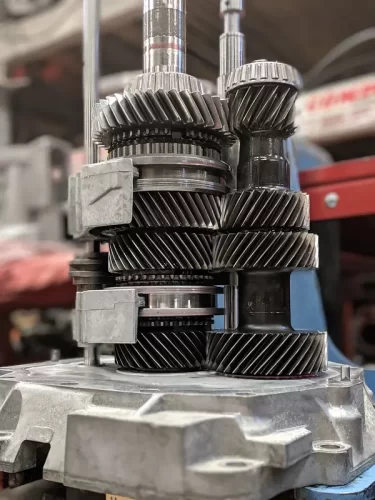 Inability to Shift Into Gear
Inability to Shift Into GearIf your car is showing signs of transmission issues above and eventually is nearly impossible to shift into gear, you’ve probably waited too long for a repair, and you’re on track for a rebuild or replacement.
Oddly some failing transmissions may operate reasonably well in all forward gears, but when you go to shift into reverse… nothing. This is “that moment” and you’ll be glad you have AAA.
Rebuilding a transmission means the mechanic at your local shop takes your existing transmission apart, inspecting parts for damage, which are replaced to bring the transmission back to an operating state. This is a complex process, and certainly a job for a seasoned specialist.
There are so many variables in local shop rebuilds, consistency, and quality control are virtually impossible. Does the shop replace just the obviously damaged components, or do they have a list of parts for that specific transmission that should absolutely be replaced at the time of a rebuild?
According to a 2020 MyTransmissionExpert report, the average cost to rebuild a transmission at a local repair shop is between $2,000 and $,3000.
If you know your transmission is kaput, we confidently recommend you buy a Fraser Engine Co. remanufactured transmission, built to original factory tolerances, for hundreds less. Plus, it will ship directly to your shop the same day, and all Fraser remanufactured transmissions come with 18-month or longer warranty options you won’t get from a local shop rebuild.
You need to know that having your transmission rebuilt by a local mechanic is not the same as the work done by a dedicated, certified transmission mechanic. And, if you choose to opt for a remanufactured transmission, not all providers are the same either.
Fraser’s quality is second to none. We have been providing first-class products since 1961, and we are the third-largest provider in the U.S.A.
The one redeeming note to this article is that some, yes some, of the signs above could simply be broken-down transmission fluid. Your dipstick says you’ve got enough. There are no smells, but the car is jerking. A fluid check, flush, and replacement by a reputable shop could save you thousands. So, don’t jump to the worst conclusion until you have an expert opinion.

Issue 34 • Engine & Transmission Tips There is more to winterizing your car than adding winter wiper blades. The smart driver does a set

The Fastest American Sports Car You’ve Never Heard Of. A hand-crafted sports car from Texas has beaten every European challenger. The Hennessey Venom GT is

Issue 13 • Engine & Transmission Tips Why Fraser’s remanufactured GM 5.3-liter V-8 Vortec engine is better than the original. General Motors’ 5.3 Liter V8
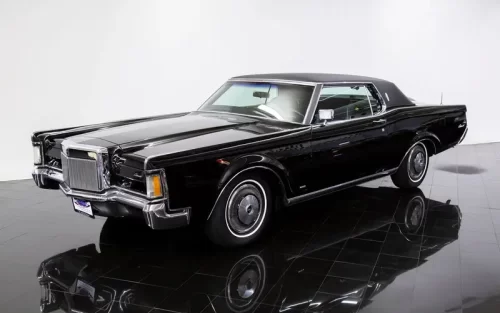
What EVIL Drives! Still in the Top 100 “Most Enjoyable Bad Movies Ever Made”! 1971 Lincoln Continental Mark III The release date was Friday the
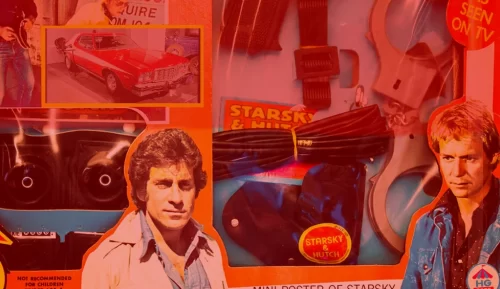
Starsky & Hutch’s Ford Grand Torino – Zeebra Three is comin’ atcha! From 1974 to 1979 America couldn’t get enough of bright red car with
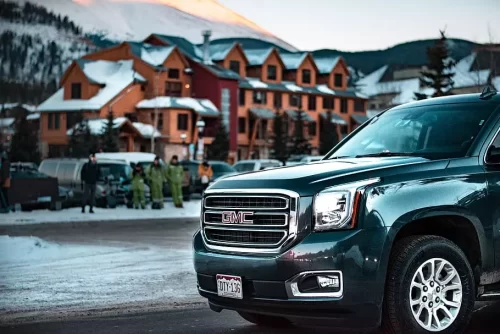
Issue 37 • Engine & Transmission Tips This is the GMC Vortec 5300 (5.3l) V-8 engine specifically remanufactured by Fraser, for GMC Envoy, Chevy Trailblazer,